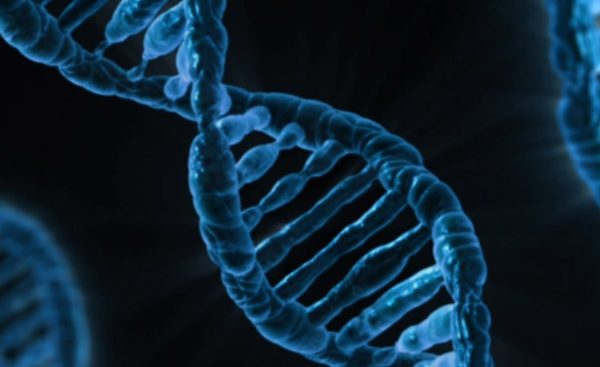Social Robots: A Real Life Baymax
Disney’s Baymax is a gentle robot aiming to be a personal healthcare companion.
Many major motion pictures like Avengers: The Age of Ultron (2015) and The Terminator (1984) tarnish people’s views regarding the involvement of robots in people’s lives. However, other films, such as Big Hero 6, express their positives. Instead of futuristic killer robots, the machines are depicted as being more lovable, as in the case of Baymax, who brings to light a more humanitarian side to these marvels of scientific advancement and technology. After its release in 2014, a real life Baymax is currently in pursuit as Carnegie Mellon University in Pittsburgh, Pennsylvania assembles the “Build Baymax” project. The soft and inflatable robot would be a personal healthcare companion.
Research on soft robotics in CMU was actually the inspiration behind Disney’s interpretation of Baymax. After a visit in 2011 by Director Don Hall, the ideas adjusted to the central theme surrounding Baymax. The creature’s form, as a result, resembles a marshmallow and serves as a model for the “Build Baymax” team.
Why soft? Soft robotics is the use of soft, elastic materials within robots. Its use ranges from assistive devices to non-invasive surgical procedures that warrant skin contact, like ultrasounds. It also introduces a gentle and different look for a robot, thus, personifying the goal of a robot responding to human needs in a manner where humans themselves are comfortable.
According to their site, safety, lightweight, clean, and versatility are some key aspects of a soft and inflatable robot. Through its soft material, safety and lightweight translates to less injury, such that would occur in metal robots. For its “clean” factor, protection from liquids and gases are possible with the positive pressure of inflatable suits, which leaks air and blows contaminants away. Therefore, the machinery can handle bad weather and are easy to clean. Lastly, they are versatile: able to transport with ease and tackle a wide range of tasks in a variety of environments whilst being strong and lightweight. Despite these known factors, research is still ongoing and a completely functional real life Baymax has not yet been achieved.
Unfortunately, Baymax is a rather complex robot to build, for instance, because it necessitates cooperative joint mechanisms and soft skin sensors.
Chris Atkeson is a robotics researcher and the face of “Build Baymax.” When asked in an interview to talk more about the project, he states that there are two parts to it, building the body and building the brain in order to construct a robot with the same capabilities and artificial intelligence Baymax shows in the movie. As seen in the “Build Baymax” site, the robot is now able to walk. As for the brain, not much is known about its growth. In a 2018 IEEE conference, however, Kiju Lee and Xiao Lu, both engineers, indicate progress. There, they showcased machines correctly recognizing human emotion from facial expression 98% of the time. The same technique applied in their work could be used as a step further to making Baymax a reality.
With this evolution of human-robot interaction and the expanding uses of robots, it is implied that robots can help humans in a society where age, violence, natural disasters, among other things, occur.






